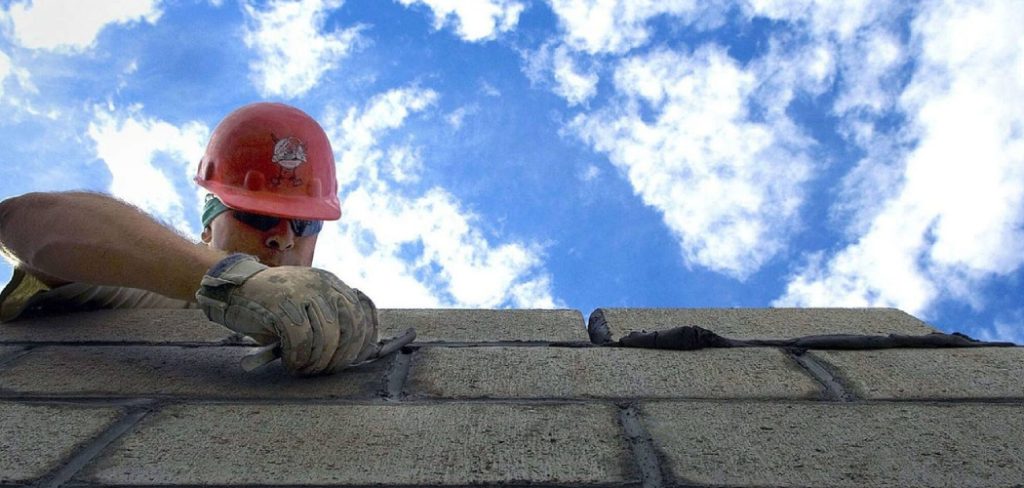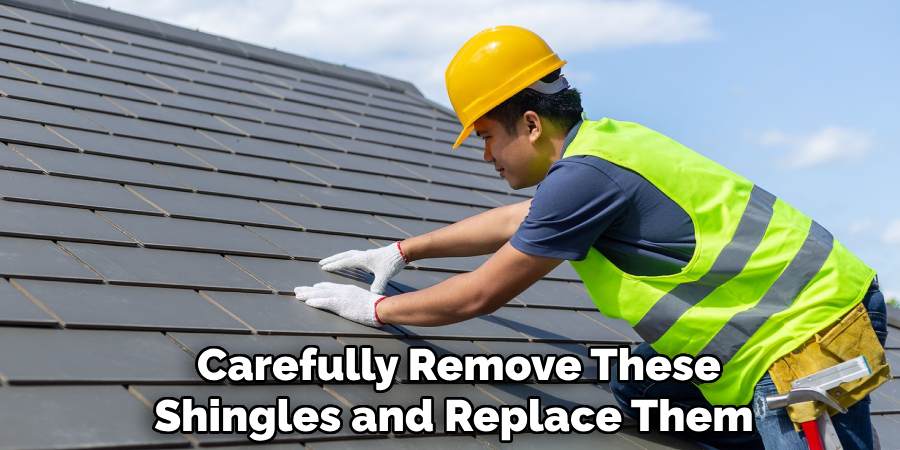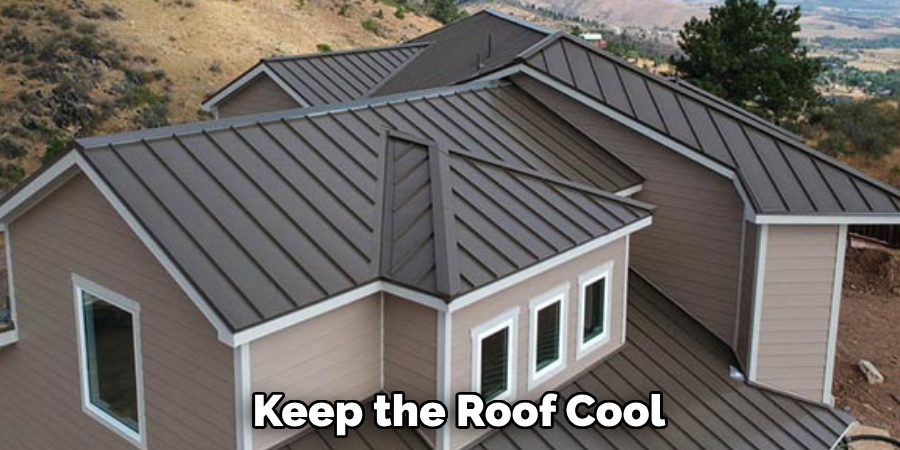Maintaining the integrity of your roof is crucial for ensuring the long-term protection of your home. Granular loss is a common issue many homeowners face, which can occur as shingles age and weather exposure takes its toll. These granules, essential for UV protection and overall durability of the shingles, can gradually wear away, leading to potential water leaks and structural damage if not addressed promptly. The good news is, not every case of granular loss necessitates a full roof replacement.

By understanding how to identify and properly address this problem, you can extend the life of your roof while avoiding the high costs of a complete overhaul. This guide will walk you through how to repair granular loss on roof without replacing effectively, maintaining your roof’s resilience and functionality.
Understanding Granular Loss
Granular loss refers to the gradual erosion of the protective granules on asphalt shingles. These granules serve several critical purposes: they protect the shingles from ultraviolet (UV) radiation, which can accelerate deterioration, and they provide fire resistance and weatherproofing.
The loss of granules can be caused by a variety of factors, including age, severe weather conditions, poor installation, or mechanical damage. While some degree of granule shedding is normal over time, significant or accelerated granular loss can lead to diminished structural integrity of the shingles, making the roof more susceptible to leaks and other damage. Understanding the early signs of granular loss is essential, as it allows homeowners to take timely corrective actions before more severe issues arise.
Signs of Granular Loss
Identifying the signs of granular loss early can help prevent more extensive damage to your roof. One of the most common indicators is the presence of granules in your gutters or at the base of your downspouts. These tiny pieces are often washed down during rainstorms, accumulating in areas where water flows frequently.
Additionally, inspecting your roof for bald spots or areas where the shingles appear uneven can reveal granular loss. Shingles that seem to have an inconsistent texture or are lighter in color than others may be deteriorating due to granule depletion. Inside the home, be on the lookout for water stains or leaks on the ceiling, which can suggest compromised shingles resulting from granular erosion. Regular visual inspections from ground level, combined with periodic professional assessments, can ensure that you spot these signs early and take appropriate measures to maintain your roof’s integrity.

10 Methods How to Repair Granular Loss on Roof without Replacing
1. Inspect and Clean the Roof Regularly
The first step in addressing granular loss is to thoroughly inspect and clean the roof. Over time, debris, dirt, moss, and algae can build up on the surface of the roof, accelerating granular loss. Regular inspections allow you to identify early signs of granule wear and pinpoint problem areas.
By cleaning the roof with a gentle solution of water and mild detergent or using a roof cleaner, you can remove the debris that contributes to wear. Use a soft brush or sponge and avoid high-pressure washers, as they can further damage the shingles. Regular cleaning not only preserves the remaining granules but also gives you a clearer view of the areas that need further repair.
2. Apply a Roof Coating
One of the most effective ways to address granular loss is by applying a protective roof coating. Roof coatings are liquid-applied membranes that provide an additional layer of protection to the shingles. They help bind loose granules and prevent further loss by sealing the surface of the shingles.
Reflective or elastomeric coatings can also enhance the roof’s resistance to UV rays, reducing the overall wear and tear on the granules. Be sure to choose a coating that is compatible with asphalt shingles and follow the manufacturer’s instructions for proper application. This method can prolong the life of your roof and restore its durability.
3. Use a Granule Adhesive
Granule adhesives are a specialized product designed to repair areas of granular loss. These adhesives come in clear or colored formulas that blend with the color of your shingles. To use this method, first, clean the affected area and remove any loose granules. Then, apply the adhesive evenly over the exposed areas of the shingle.
Once the adhesive is applied, sprinkle new granules over the adhesive while it is still wet. You can collect loose granules from the roof’s gutters or purchase them from roofing supply stores. The granule adhesive will bond the new granules to the shingle, providing an extra layer of protection.
4. Replace Damaged Shingles Individually
If the granular loss is concentrated on a few shingles, replacing only the damaged shingles can be a cost-effective solution. Inspect the roof to identify shingles that have lost a significant amount of granules or have other signs of damage, such as curling, cracking, or brittleness. Carefully remove these shingles and replace them with new ones.

This targeted approach allows you to preserve the majority of your roof while addressing the most vulnerable areas. Ensure that the new shingles match the color and texture of the existing ones to maintain a cohesive appearance. This method can extend the life of the roof without the need for a full replacement.
5. Seal Exposed Areas with Asphalt Cement
For localized areas of significant granular loss, using asphalt cement can provide a temporary solution. Asphalt cement is a thick, waterproof compound that can be applied to small areas where the granules have worn away. After cleaning the affected area, spread a thin layer of asphalt cement over the exposed shingles.
The cement will act as a sealant, preventing further damage and protecting the shingle from UV exposure. While this method doesn’t replace the lost granules, it offers a quick and effective way to protect the roof from moisture penetration and extend its life.
6. Install a UV-Resistant Membrane
Another solution for repairing granular loss is to install a UV-resistant membrane over the affected areas. These membranes are typically self-adhering and are designed to be applied directly over the shingles. They provide an additional layer of protection against UV rays, which are one of the main causes of granule deterioration.
The membrane can also help prevent water infiltration in areas where granules have worn away. This method is particularly useful for flat or low-slope roofs, where UV exposure is more intense. It offers a long-term solution that doesn’t require replacing the entire roof.
7. Apply a Reflective Coating
A reflective roof coating is a specialized product that reflects sunlight, reducing the heat absorbed by the roof and minimizing UV damage to the shingles.
By applying a reflective coating, you can protect the remaining granules from further wear and slow down the rate of granular loss. Reflective coatings are often used in regions with high temperatures or intense sunlight, as they help reduce the heat island effect and improve the roof’s energy efficiency. This method is particularly useful for older roofs where the shingles are still in relatively good condition but have started to lose granules.

8. Reattach Loose Granules
Sometimes, granular loss occurs because granules become loose and collect in gutters or at the base of the roof. Instead of discarding these loose granules, you can reattach them to the shingles using an adhesive. First, collect the loose granules and clean the affected area of the roof. Then, apply a layer of adhesive to the exposed shingle surface and press the granules back onto the adhesive.
This method is ideal for small, localized areas of granular loss and allows you to make the most of the granules that have naturally fallen off the roof.
9. Use Roofing Patches
Roofing patches are an effective way to cover up areas where granules have worn away, especially on smaller sections of the roof. These patches are typically made from asphalt or a similar material and can be adhered directly to the shingles. Once applied, they protect the exposed area from further damage and act as a barrier against moisture and UV rays.
Roofing patches are available in different sizes and can be cut to fit the specific area that needs repair. This method provides a quick fix for small, problematic spots and can help prolong the life of the roof.
10. Improve Roof Ventilation
In some cases, granular loss is accelerated by poor roof ventilation. When the roof overheats due to a lack of proper airflow, it can cause the asphalt in the shingles to break down, leading to the loss of granules. By improving roof ventilation, you can regulate the temperature of the roof and reduce the wear on the shingles.
Installing additional vents, ridge vents, or attic fans can help promote better air circulation and keep the roof cool. This method doesn’t directly repair granular loss, but it addresses one of the root causes and can prevent further damage in the future.

Conclusion
Granular loss on your roof should not be ignored, as it can significantly impact the longevity and performance of your shingles. By being proactive and choosing the appropriate repair method, whether it’s applying adhesives, replacing damaged shingles, or improving ventilation, you can effectively address this common roofing issue. Thanks for reading, and we hope this has given you some inspiration on how to repair granular loss on roof without replacing!
